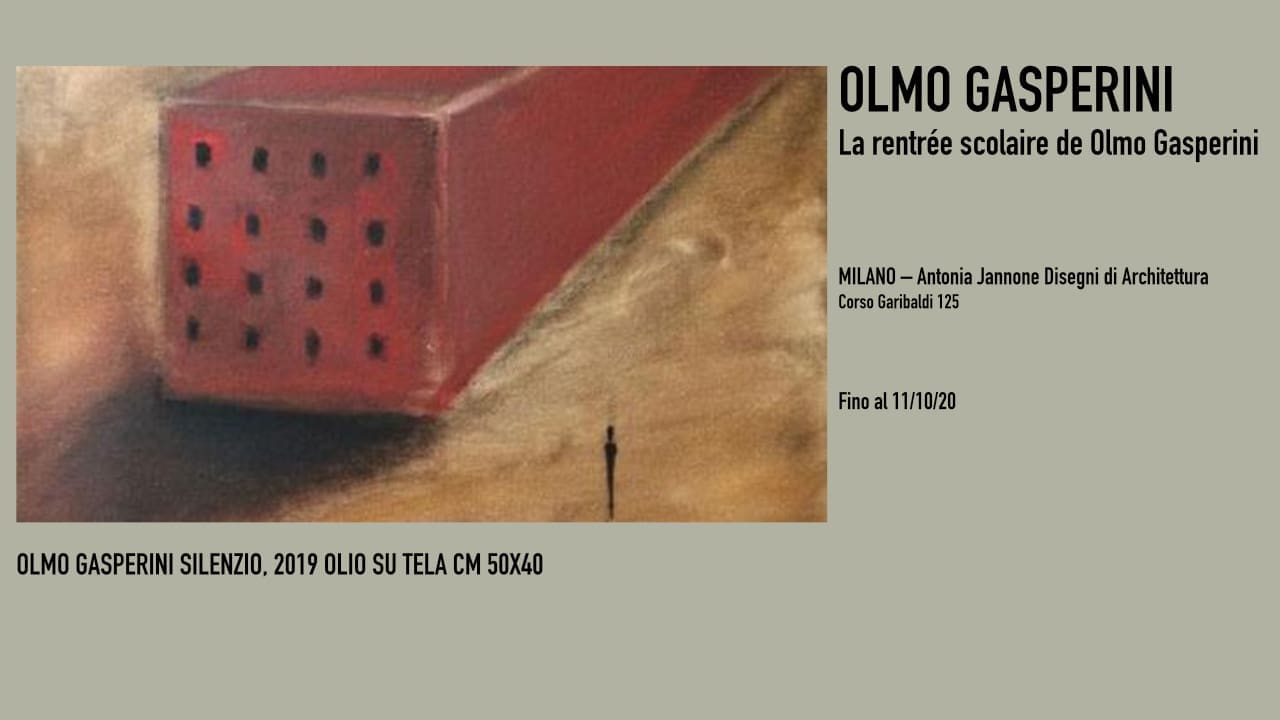
Robert Draws – Olmo Gasperini is one of the most intriguing young artists to emerge from the Italian contemporary scene. Born in 1997 in Rome, he focuses his work on night interiors that are deliberately stripped of human presence. His paintings depict quiet, enclosed spaces that seem frozen in time. Shadows fall on walls with eerie precision, and objects within the frame are chosen with meticulous care. These spaces feel both familiar and strange, making the viewer pause and reflect. The sense of solitude is not accidental. Instead, it is a powerful tool used by the artist to evoke a deeper symbolic message. Emotions like longing, alienation, and quiet introspection are all embedded in the stillness of his settings. Olmo Gasperini does not paint people, but somehow, their absence is felt in every corner.
The nocturnal interiors painted by Olmo Gasperini build a compelling dialogue between light and shadow. Each composition suggests a narrative while leaving room for interpretation. A chair sits askew, a door hangs half-open, and a single glowing lamp reveals emotional depth. Olmo Gasperini designs spaces that function as both physical and psychological landscapes. These rooms reflect inner states of being, often evoking solitude or the burden of untold stories. By deliberately excluding human figures, he intensifies the viewer’s attention on the environment. The atmosphere invites the viewer into a space charged with quiet tension, where silence carries more weight than words. Emotions emerge not through people, but through the careful use of texture, lighting, and placement. Gasperini allows emptiness to speak, urging us to engage with the lingering presence of lives once lived within these walls.
“Read about: Not Paint, But Hair! Rendi Tatalede’s Art Leaves Netizens in Awe”
In Olmo Gasperini’s works, night is more than a time of day. It becomes a central theme and an emotional landscape. The darkness is not oppressive but contemplative. It wraps each room in a kind of dreamlike haze, blurring the boundaries between what is real and what is imagined. Gasperini uses night to peel back the surface of everyday spaces, revealing their emotional core. His rooms are often illuminated by a single dim light source, casting long shadows that hint at unseen presences. These choices are deliberate and careful. The artist invites the viewer to explore the intimate mysteries that unfold in the absence of daylight. Night gives permission to reflect and remember. It turns ordinary interiors into stages for memory, desire, and loss. Through these shadowed scenes, the artist gently nudges us toward our own quiet introspection.
Architecture in Olmo Gasperini‘s art speaks with intention. Every line, angle, and wall holds emotional weight. His compositions depend on precise framing techniques that emphasize isolation and perspective. Doorways, windows, and mirrors act as portals or boundaries in his visual language. These elements divide space while amplifying the emotional resonance within each scene. He places the viewer at a calculated distance, casting them as silent observers peering into private, frozen moments. Gasperini employs his structural vocabulary to explore themes of separation and longing. He builds each composition around bold architectural forms to ground the atmosphere while preserving a sense of mystery. He arranges objects with deliberate care, never scattering them without purpose. Each room transforms into a stage where emotion exists without dialogue. His spatial choices intensify the stillness, turning each interior into a quiet meditation on what remains unseen and unspoken.
“Read more: From Classrooms to Communities: The Anti-Trafficking Curriculum That’s Making Waves”
Olmo Gasperini represents a new wave of young Italian artists who are rethinking the visual language of solitude. His work rejects noise in favor of nuance, offering viewers a quiet yet powerful visual experience. There is no chaos in his interiors, only the clarity of minimalism and intention. Through careful composition and symbolic content, he redefines what it means to portray emotion. Rather than show tears or joy directly, he lets empty rooms do the talking. This approach challenges traditional narrative art and speaks to a modern audience craving depth. Gasperini does not shy away from the melancholic. Instead, he transforms it into something beautiful and resonant. By using silence as his medium, he stands out in a world full of visual clutter. His vision offers a poetic lens through which the loneliness of modern life can be seen and even appreciated.